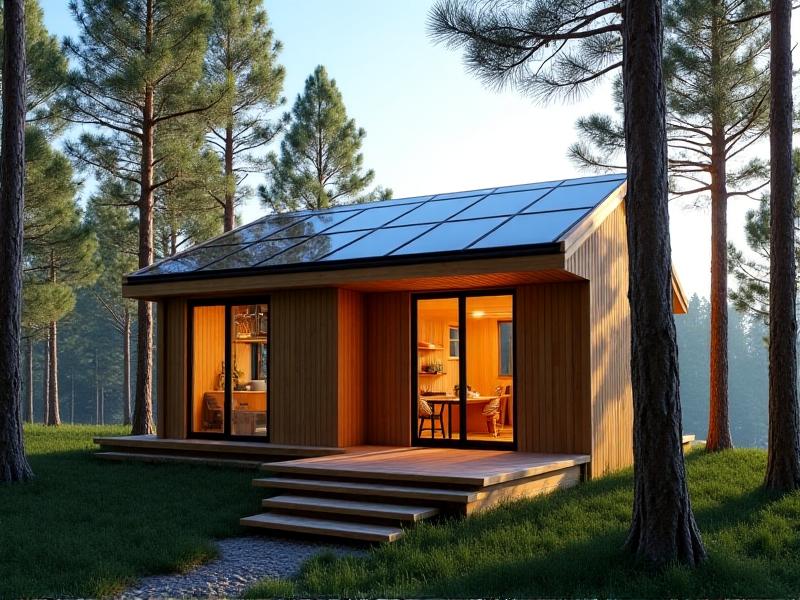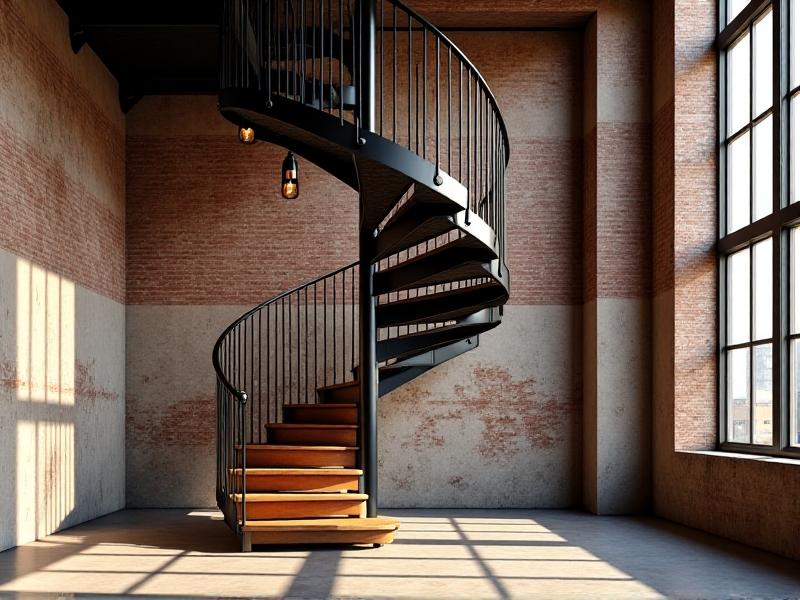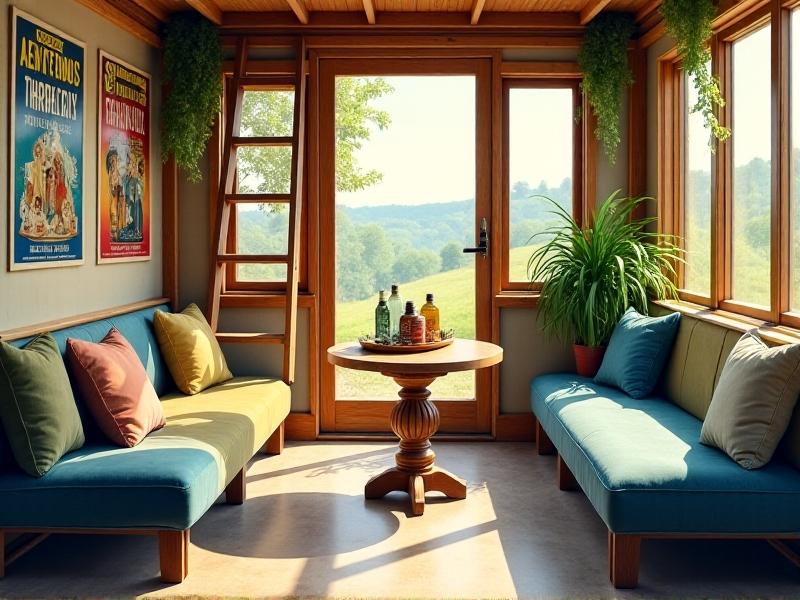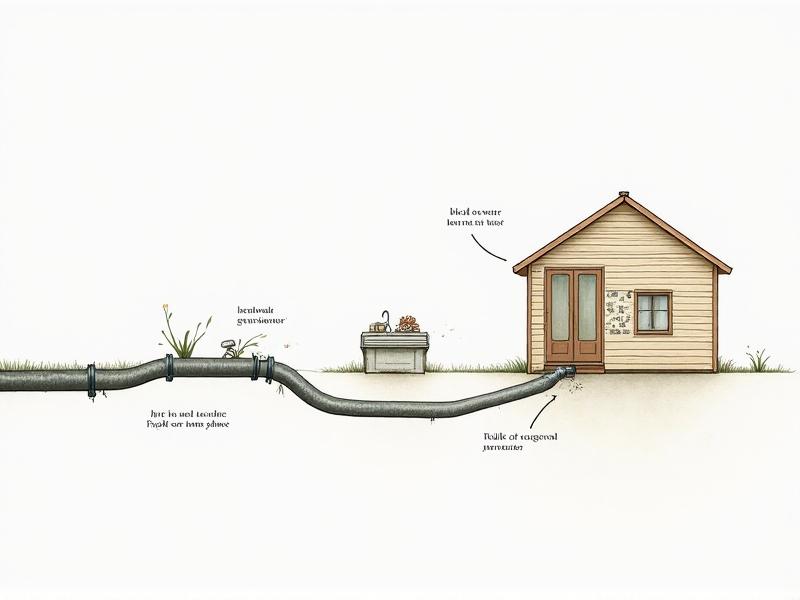Fire-Resistant Tiny Home Materials
The Rising Importance of Fire Resistance in Tiny Homes
The tiny home movement has surged in popularity, driven by minimalism, affordability, and sustainability. However, compact living spaces pose unique fire risks. With limited escape routes and close proximity of materials, a small flame can escalate rapidly. Fire-resistant materials aren’t just a luxury—they’re a critical safeguard. Homeowners and builders are increasingly prioritizing materials that delay combustion, reduce toxic fumes, and comply with evolving safety regulations. This shift isn’t just about compliance; it’s about creating homes that protect lives and investments in high-risk areas prone to wildfires or accidental blazes.
Understanding Fire-Resistant Material Classifications
Fire-resistant materials are categorized by their ability to withstand heat and flames. Non-combustible materials like steel or concrete don’t ignite, while fire-retardant treatments chemically delay combustion in wood or fabrics. Standards like ASTM E119 and UL 723 rate materials based on their fire endurance and smoke development. For tiny homes, the focus is on lightweight yet robust solutions that meet both safety and mobility demands. Understanding these classifications helps builders balance structural integrity with weight constraints inherent to tiny home design.
Top Fire-Resistant Structural Materials
Steel framing is a standout for tiny home skeletons, offering non-combustibility and durability. Light-gauge steel resists warping under heat and pairs well with fire-resistant sheathing like fiber cement boards. For exterior walls, stone wool (mineral wool) provides insulation with a melting point above 1,000°C. Fire-retardant-treated lumber, infused with salts or coatings, allows wooden aesthetics without compromising safety. Emerging options like magnesium oxide boards combine flame resistance with mold and pest deterrence, ideal for humid climates.
Fire-Resistant Insulation: Beyond Basic Protection
Insulation plays a dual role in fire safety: slowing heat transfer and resisting ignition. Traditional fiberglass can melt, but stone wool maintains its structure at extreme temperatures. Aerogel blankets, though costly, offer ultra-thin profiles with exceptional thermal and fire resistance. For ceilings, consider intumescent sprays that expand into protective char when heated. Proper installation is key—gaps or compression in insulation batts can create fire pathways. Prioritize products with Class A fire ratings and low smoke toxicity.
Roofing and Exterior Cladding Solutions
Metal roofing—galvanized steel or aluminum—offers unmatched fire resistance and longevity. For a softer look, fire-treated cedar shingles mimic traditional aesthetics while meeting Class B ratings. Exterior walls benefit from stucco over metal lath, a system that resists flames and flying embers. Cement board siding, such as HardiePanel, withstands direct flame exposure without warping. Don’t overlook details: fire-rated caulking seals gaps around windows, and metal mesh screens deter embers from entering vents.
Interior Finishes: Safe and Stylish Choices
Fire-rated drywall (Type X) adds crucial minutes to evacuation times when used in lofts and kitchens. For wall coverings, look for intumescent paints that swell into insulating foam under heat. Bamboo flooring, with its low resin content, burns slower than traditional hardwoods. Avoid vinyl flooring—it emits toxic fumes when melted. Opt for wool rugs over synthetic fibers; wool self-extinguishes and produces less smoke. Even curtains can be treated with fire-retardant sprays without sacrificing texture.
Integrated Safety Systems for Comprehensive Protection
Materials alone aren’t enough. Pair them with interconnected smoke detectors, lithium battery-powered for off-grid reliability. Consider a residential sprinkler system fed by a compact water storage tank. Strategic design elements like egress windows in sleeping lofts and flame-resistant stair coverings enhance safety. For high-risk areas, install heat-activated vent seals that close automatically, starving fires of oxygen. Smart sensors can now alert homeowners via smartphone at the first sign of temperature spikes.
Lessons from Real-World Fire Incidents
In 2022, a California tiny home wrapped in stucco and metal roofing survived a wildfire that destroyed neighboring houses. Its stone wool insulation remained intact, preventing heat transfer to the interior. Another case: a kitchen fire in an Oregon tiny home was contained by fire-rated drywall, limiting damage to a single cabinet. These stories underscore that proper material selection works—when combined with vigilant maintenance and updated safety systems.
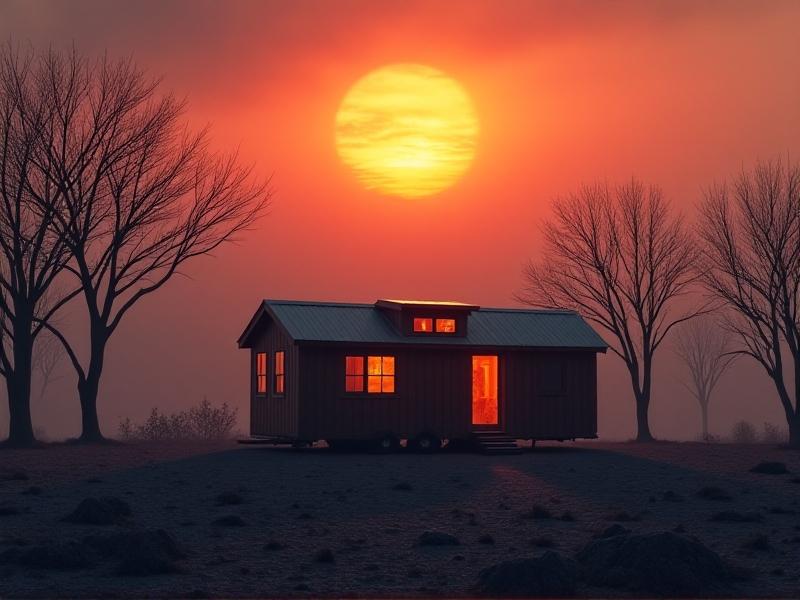
Sustaining Fire Resistance Over Time
Annual inspections are vital. Check for cracks in stucco cladding, corrosion on metal roofs, and degradation of fire-retardant coatings. Reapply intumescent paints every 5–7 years or as specified. Clean gutters and roof valleys seasonally to remove flammable debris. For mobile tiny homes, inspect trailer wheel bearings—overheated bearings have sparked fires during transport. Update fire extinguishers every 12 years and replace smoke detector batteries biannually.

Innovations Shaping the Future of Fire Safety
Researchers are developing phase-change materials that absorb heat while regulating indoor temperatures. Transparent fire-resistant gels, applied to windows, could buy crucial escape time. Startups are experimenting with mycelium-based insulation—naturally fire-resistant and biodegradable. As tiny homes gain regulatory recognition, expect stricter material standards and insurance incentives for certified fire-resistant builds. The goal? Making advanced protection accessible, not optional.

